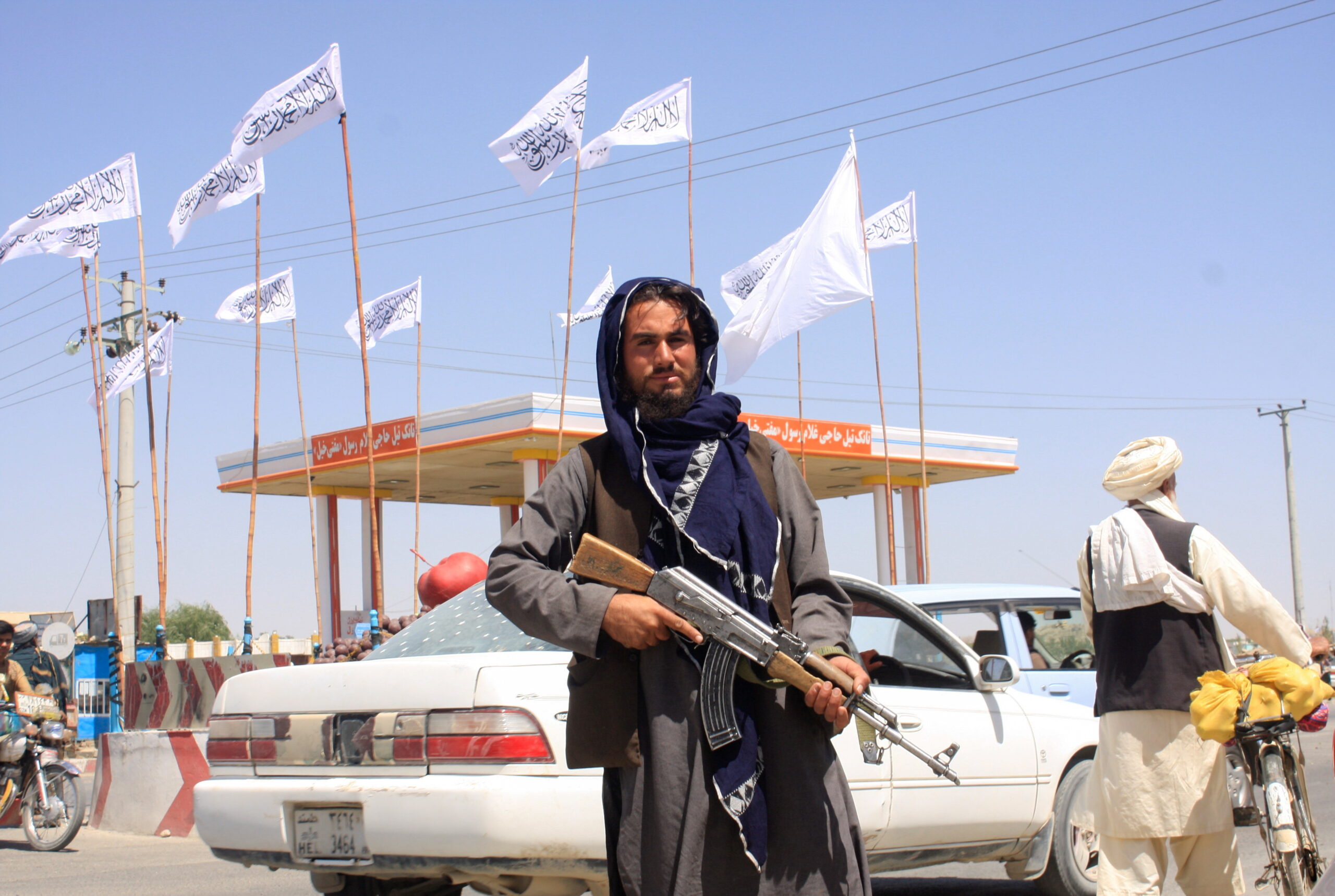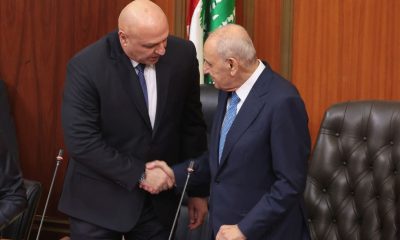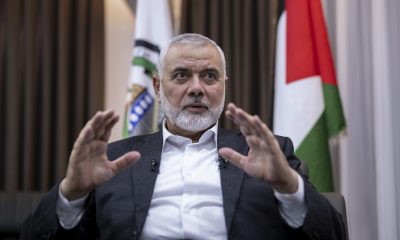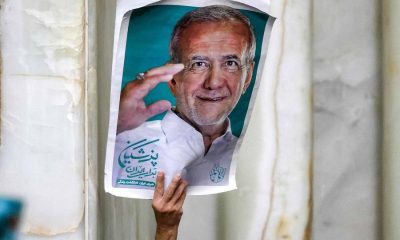China has unveiled a new plan to stimulate domestic consumption, called the “Special Action Plan to Boost Consumption,” as it grapples with weak confidence and deflationary pressures.
The 30-point plan, issued by the General Office of the Central Committee of the Chinese Communist Party and the General Office of the State Council, aims to “strongly promote consumption, revitalize domestic demand as a whole, and enhance spending power by increasing earnings and reducing financial burdens.”
This plan supports President Xi Jinping’s directive from late last year, instructing policymakers to focus on boosting domestic demand.
Analysts have described China’s newly announced consumption action plan as the most comprehensive policy package the country has released in over four decades to boost consumer spending.
The plan from the State Council, China’s cabinet, will focus on increasing incomes, stabilizing real estate and stock markets, improving the consumption environment, and enhancing healthcare and pension services. Through this plan, the Chinese economy seeks to transition to a consumption-driven growth model.
News of the “Special Action Plan to Boost Consumption” invigorated stock markets on Monday.
The plan announcement, made late Sunday, followed the “Two Sessions” in Beijing last week, where legislators re-emphasized consumption as a top priority.
In China, domestic spending has remained weak since the end of Covid-19 lockdowns over two years ago, as households have been cautious about spending. Consumer prices fell into deflation in February, although figures were positively impacted by the New Year holiday.
The slowdown in China’s vast real estate sector has also renewed calls from economists to bolster domestic demand.
Data released by the National Bureau of Statistics on Monday showed that retail sales rose 4% year-on-year in January and February, surpassing December’s 3.7% increase and aligning with forecasts from a Reuters poll of analysts.
In September, policymakers announced a long-awaited package to support the economy, but the measures largely focused on stock markets, disappointing investors.
The new plan, comprising eight main sections, addresses factors such as income growth, enhancing the quality-of-service consumption, improving large-scale consumption, and improving the consumption environment simultaneously.
It includes a commitment to raising the minimum wage, strengthening support for education, and establishing a subsidy system for childcare—a particularly pressing issue as China’s population has declined for three consecutive years.
Shi Lei, an economics professor at Fudan University in Shanghai, said, “This is the most comprehensive directive to promote consumption since China’s reform and opening up [in the late 1970s],” adding, “According to the policy, authorities will promote the reasonable growth of employees’ incomes by increasing employment, raising the minimum wage, and accelerating the implementation of the paid annual leave system.”
Speaking to the South China Morning Post, Shi noted, “In the past, policymakers often ignored income growth [when discussing ways to boost spending].” He added, “In fact, if consumers have money, they don’t need your encouragement to spend, and if they don’t have money, such encouragement won’t work.”
Lynn Song, ING’s Greater China chief economist, stated that the plan “focuses significantly on boosting household consumption capacity and willingness” and, if implemented correctly, “could help China’s economic transition towards a consumption-driven growth model.”
“The direction looks positive, but implementation is everything. It is not certain that these measures will be enough to restore consumer confidence to healthy levels,” Song wrote, also noting that the administration’s focus on boosting consumption, combined with a relatively low base last year, means that China’s consumption growth could reach a mid-single-digit growth rate in 2025.
Data released on Monday also showed that industrial production increased by 5.9% year-on-year in the first two months of 2025, slowing from 6.2% in December but exceeding analysts’ expectations of a 5.3% increase.
The new package will also promote “inbound” consumption. Beijing has granted visa-free travel to dozens of countries in the past year to revitalize inbound tourism post-pandemic.
It also highlights specific tourism sectors such as “snow and ice.” China has built several indoor ski resorts in recent years, including the world’s largest, which opened in Shanghai in September.
According to the plan, China will also broaden real estate income channels with measures to stabilize the stock market and develop more bond products suitable for individual investors.
The plan calls for exploring ways to unlock the value of homes legally owned by farmers through rental arrangements, equity participation, and cooperative models.
Notably, in addition to traditional consumption sectors such as housing and automobiles, it emphasizes emerging categories such as AI-powered products and the low-altitude economy.
It also states that new consumption sectors with high growth rates will be created by accelerating the development and application of new technologies and products such as autonomous driving, smart wearable products, ultra-high-definition video, brain-computer interfaces, robotics, and additive manufacturing, more commonly known as 3D printing.
Xu Chenggang, a senior research fellow at the Stanford University Center on China’s Economy and Institutions, said that Beijing’s shift towards consumption indicates official recognition that the economic situation is “serious.”
Zou Yunhan, a researcher at the State Information Center, also said that consumption is playing an increasingly key role in boosting economic growth, but some challenges still persist in the quest to further unleash consumer potential.
Looking ahead, Zou called for joint efforts from all sectors to ensure the full implementation and effectiveness of the action plan.

 OPINION1 week ago
OPINION1 week ago
 DIPLOMACY1 week ago
DIPLOMACY1 week ago
 DIPLOMACY3 days ago
DIPLOMACY3 days ago
 ASIA1 week ago
ASIA1 week ago
 DIPLOMACY4 days ago
DIPLOMACY4 days ago
 MIDDLE EAST2 weeks ago
MIDDLE EAST2 weeks ago
 AMERICA2 weeks ago
AMERICA2 weeks ago
 AMERICA2 weeks ago
AMERICA2 weeks ago





















